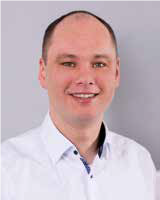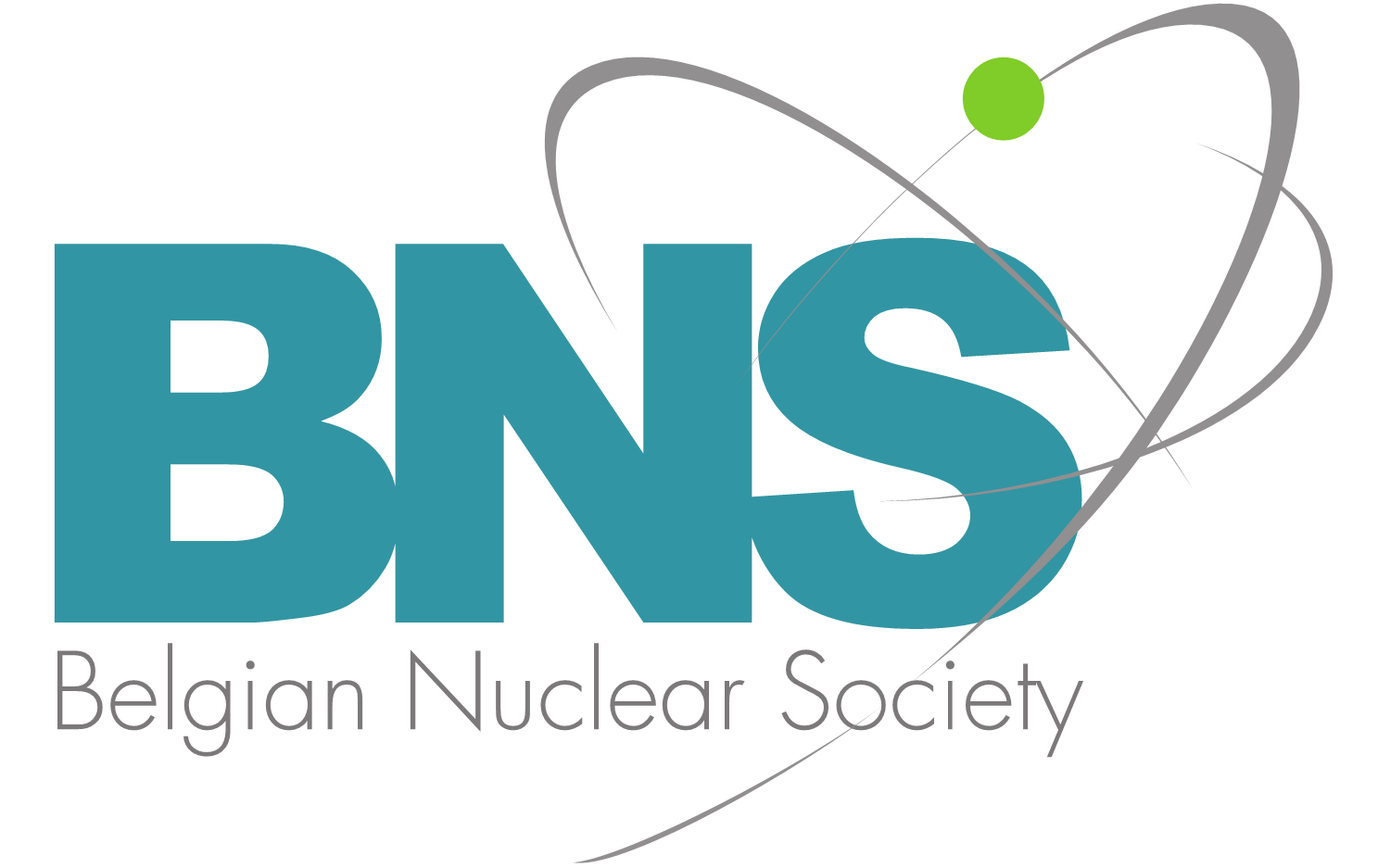
The project of the century for nuclear waste in Switzerland
Speaker
-
 Peter GruenbergNagra
Peter GruenbergNagraPeter Grünberg already had dealings with Swiss waste disposal before he joined Nagra: “We recycled americium-241, which can be found, for example, in Swiss smoke detectors”, he explains. The 38-year-old studied waste management and clean-up of contaminated sites as well as radiation physics in Dresden, Germany. As project engineer, he was also involved in compiling the operating manual for the planned German disposal site at the Konrad mine (Schacht Konrad). Since 2013, Peter Grünberg has been Nagra’s Project Manager for Nuclear Facilities. “I manage the design of those parts of the facility here radioactive waste will be handled, and plan appropriate radiation protection measures”, he says. He enjoys working with external partners. “You keep getting different perspectives on the questions, and this helps Nagra to ensure that the latest developments in science and technology are implemented”, adds Grünberg.
Internal cooperation is also important to him: “To be able to assign clear tasks to our external contractors, we must clarify internally what requirements a part of the facility must fulfil”. Currently, Nagra is developing a Requirements and Configuration Management system in line with the increasing complexity of the planning. “For every element of a deep geological repository, precise requirements are defined and we also note where these come from, for example whether they are legal requirements or based on research findings”, explains Grünberg. Particularly in a project extending over several decades, this helps to ensure that nothing is forgotten and that decisions remain transparent. “Such data management is also valuable for the verification steps in the licensing procedure”, he states. “This allows us to show that a particular part of the installation does indeed meet the requirements imposed on it”.
Peter Grünberg is also involved intensively in working on the cost studies for deep geological disposal that Nagra compiles every five years on behalf of swissnuclear. The very time-consuming and complex work for the 2021 Cost Study already started in mid-2018.
“I like how multi-faceted and varied my job is and that society also benefits from my work”, he emphasises. He does not mind if the realisation of the deep geological repositories takes time because safety has the highest priority. In conclusion, he adds with a smile: “If I’m lucky, I might still be around when the deep geological repository starts operating. But it might have to be accessible with a Zimmer-frame.”
